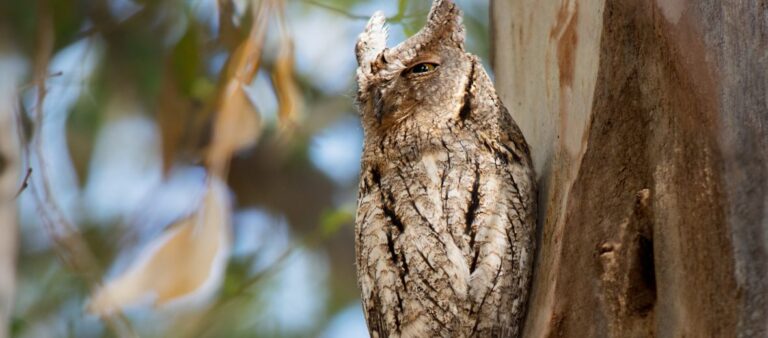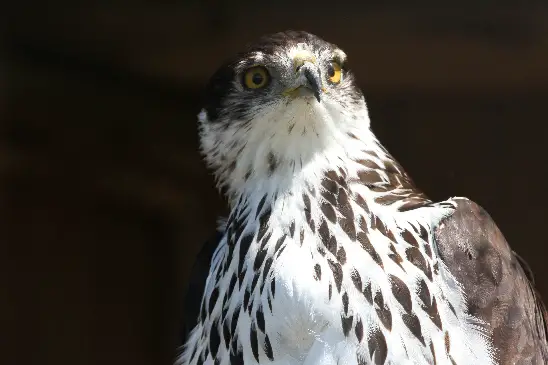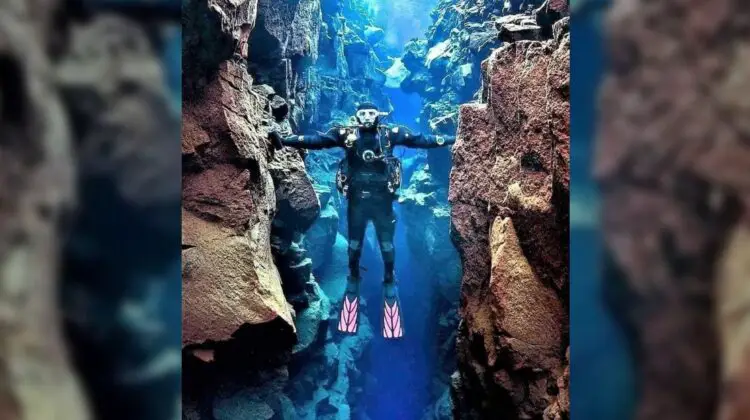The Alaskan Wood Frog: Nature’s Frozen Wonder
In the remote, icy landscapes of Alaska, a remarkable amphibian has evolved a survival strategy that seems almost magical. Meet the Alaskan wood frog (Rana sylvatica), a creature that defies the harsh winter conditions by effectively freezing itself. This extraordinary adaptation allows it to endure the freezing temperatures that would spell doom for most other animals. Let’s explore the fascinating life cycle of this frosty frog and its incredible journey from frozen dormancy to lively springtime.

The Frozen Strategy
The Alaskan wood frog is one of the few amphibians that can survive being frozen solid. As temperatures plummet in the fall, the frog enters a state of suspended animation by slowing its metabolism to a near standstill. During this period, the frog’s body temperature drops to the freezing point, causing its heart to stop beating and its breathing to cease.
This extraordinary adaptation is crucial for survival in Alaska’s frigid winters, where temperatures can plummet to as low as -30°F (-34°C). The ability to freeze and thaw without harm is a remarkable example of nature’s ingenuity. As the ice forms around it, the frog’s vital organs are preserved in a state of suspended animation, effectively putting its life on hold until the warmer months return.
How Freezing Works
The process of freezing is not as straightforward as it might seem. The Alaskan wood frog’s body has evolved to manage this extreme condition by producing special proteins that prevent ice crystals from forming inside its cells. These cryoprotectant proteins act like antifreeze, allowing the frog’s tissues to withstand the freezing temperatures without being damaged.
In addition, the frog’s body undergoes several physiological changes to cope with the cold. Its blood sugar levels increase, providing energy reserves that are crucial when the frog thaws out. This combination of biochemical and physiological adaptations allows the Alaskan wood frog to endure months of sub-zero temperatures and emerge in the spring ready to resume its normal activities.

The Thawing Process
As spring arrives and temperatures rise, the Alaskan wood frog begins to thaw. This process can take several hours, during which the frog’s body gradually warms up and its metabolic functions restart. Once thawed, the frog’s heart begins to beat again, and it starts breathing. Remarkably, the frog resumes its activities with no ill effects from its months-long freeze.
The thawing process is critical for the frog’s survival and reproductive cycle. As soon as it becomes active, the frog heads to its breeding grounds. Springtime is the prime season for mating, and the frog must quickly find a mate to ensure the continuation of its species. After mating, the female lays eggs in shallow ponds or puddles, where they will hatch into tadpoles and eventually metamorphose into frogs.
A Remarkable Adaptation
The Alaskan wood frog’s ability to freeze and thaw is a testament to the incredible adaptability of life. This remarkable strategy not only allows it to survive in one of the harshest environments on Earth but also highlights the intricate and resilient nature of amphibians. The frog’s life cycle is a fascinating example of how species evolve to overcome extreme conditions and thrive in their unique habitats.
Conclusion
The Alaskan wood frog stands as a symbol of nature’s resilience and ingenuity. Its remarkable ability to freeze solid and then return to life as if nothing had happened is a stunning example of evolutionary adaptation. As you marvel at this frozen wonder, remember that the natural world is full of extraordinary creatures that have evolved incredible strategies to survive and thrive.
The next time you think about the extremes of winter, consider the Alaskan wood frog—a living testament to the astonishing capabilities of life in the most unforgiving environments.






